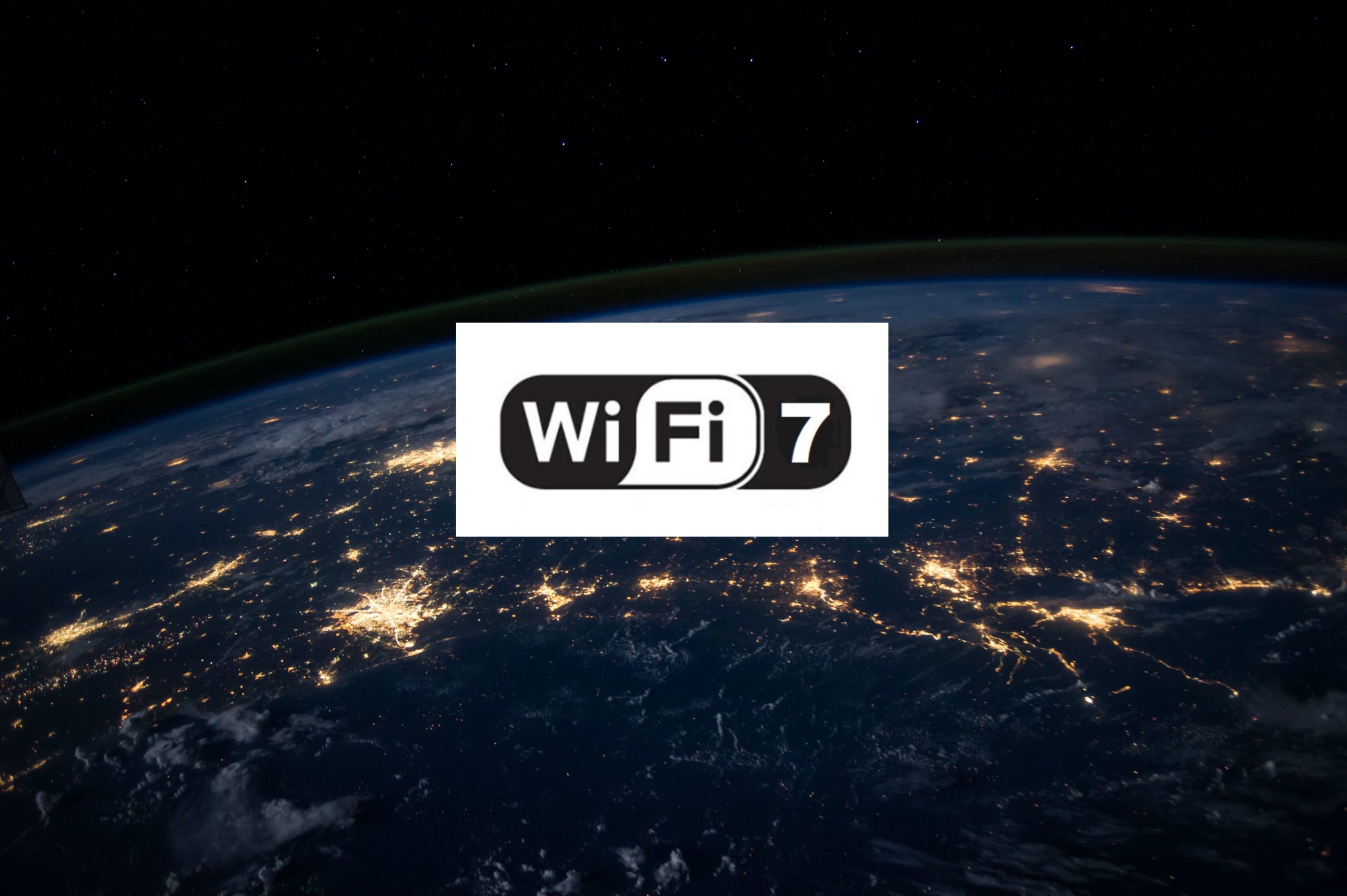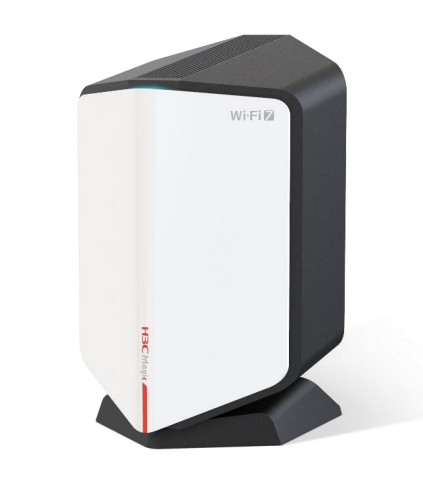If you’re planning a festival or live event in an outdoor location, then providing temporary Wi-Fi is probably near the top of your to do list. If it isn’t, then it should be!
Imagine going to see your favourite band play and not be able to stream it live onto your Instagram or Facebook stories? Or FaceTime your best friend their favourite song? Picture the frustration from not being able to upload the perfect selfie of you and your partner dressed up and living your best life! There is nothing as frustrating as wanting to get online, but having woeful Wi-Fi.
We use the internet innumerable times a day – Wi-Fi is an integral part of all of our lives now. And it’s super important to bear this in mind when planning your festival or event. We know there are lots of utilities you need to take care of, from power supplies to toilets, water to Wi-Fi.
Why do festivals need readily available Wi-Fi?
It’s not only the guests that need Wi-Fi – It’s the vendors too. With the prevalence of contactless payments, it’s no surprise that food and drink traders at your festival or live event will want to take payments that require an internet connection.
Festivals are requiring more and more connectivity – And it’s imperative that your Wi-Fi network is reliable and secure.
Festivals are booming back after the pandemic and they’re big business, bringing in millions of pounds. The market is also full so it’s important your festival is at least offering what the competition is, if not exceeding them with unique selling points. Like site-wide reliable Wi-Fi!
Did you know that 90% of festival goers are smartphone users? And 65% ranked their smartphone as the most important item they brought with them, being keen to stay connected to their social networks whilst attending the festival.
It is vital that temporary Wi-Fi for festivals and live events is done properly – That’s why it’s best to leave it to the experts! Like our Wi-Fi engineers here at Geekabit. We know good Wi-Fi and our professional Wi-Fi technicians can ensure your festival Wi-Fi is going to provide the service that your guests and vendors need.
What do we need for successful Festival Wi-Fi?
It’s all in the planning! Our professional team of Wi-Fi engineers will plan out the perfect Wi-Fi solution by mapping out your site, generating heat maps and designing a network with seamless coverage and no black spots.
- Seamless site roaming
A successful festival Wi-Fi set up will allow your internet users to roam the entire site seamlessly.
- Configure multiple networks to the same hardware
Modern Wi-Fi equipment also allows you to configure multiple networks to the same hardware. This means you could have separate networks – Think staff, vendors and guests – All being broadcast from the same devices. There is no need to have 3 separately configured networks. - Technical support
It’s a good idea to make sure that you have either on-site or on-call technical support from the Wi-Fi engineers that set up your network(s). This ensures that if any adjustments need to be made or there are any issues, they can be resolved as soon as possible.
- Wi-Fi hotspots
In previous years it has been tricky to keep festival goers connected across large sites, especially across remote areas like fields. Back in their cosy tent they might have struggled to get mobile coverage let alone festival Wi-Fi. Wi-Fi hotspots were utilised to try and combat this problem. You might be familiar with Glastonbury’s ‘Wi-Fi cows’ which worked as 4G hotspots via the EE network – Keeping everyone connected. More recently, we have the technology to create site wide Wi-Fi networks – A giant hotspot if you will!
Festival Wi-Fi Features
There are certain features that Festival Wi-Fi requires in order to provide the necessary connectivity for the event. From huge festivals to small, intimate venues, every live event will have its own specific solution to the Wi-Fi requirements.
Strong and Reliable Wi-Fi
First and foremost, the Wi-Fi for your festival needs to be strong, reliable and cost-effective. If you don’t have a dependable network, your vendors will be unable to take card payments and your staff members may not be able to communicate with other another. Not to mention the guest experience which is paramount if you want people to return year on year!
Guest Wi-Fi
We’ve mentioned this already. And although you might think that festival goers are more inclined to enjoy the moment and be present with the live music they are watching, guests will still demand Wi-Fi, and most often what they want is an open network.
It’s even been suggested that free guest Wi-Fi at festivals can increase your number of guests, with festival goers actively looking for a gig that offered free Wi-Fi. So it’s pretty obvious that connectivity is important.
Let’s not forget that every social media post of your festival is like free marketing for your event, encouraging people to book tickets for the next one. When guests share a positive experience online of your festival, there and then in that wonderful moment, you can connect with a whole new audience – Simply from providing good, strong, reliable Wi-Fi.
Wi-Fi for Festival Vendors
In this day and age, very few people carry cash in their everyday lives. And this is no different at festivals. No one wants to carry a weekend’s worth of cash around at a festival, and they won’t want to leave it back in their tent either! What they want is to carry their bank card or smartphone and be able to pay for food and drink via contactless payments.
Your vendors are going to want to take card machine payments, and they’re also going to want to avoid huge queues at their trading post. That means quick, reliable Wi-Fi powering their contactless transactions.
Wi-Fi for Festival Staff
A well executed event relies heavily on excellent communication. If your team can’t effectively communicate with each other, then your event is going to struggle. And when your event is outdoors across a large site, you need to know that your team members can depend on reliable communications.
Being able to use VoIP, send emails or instant messaging with colleagues is super important. Providing a site-wide Wi-Fi network will mean that everyone on your festival team can stay connected whether they’re in the events office or roaming the site.
Do we Really Need to Provide Wi-Fi at our Festival?
This article has aimed to outline the features of festival Wi-Fi and why it’s so important to get it right. Events that offer reliable, strong Wi-Fi are celebrated. Streaming the gig live on their social media pages or FaceTiming family have become a big part of the festival experience. If you haven’t documented your festival weekend on Instagram, did you even go?
It’s vital that your festival goers stay connected throughout your event – Both with the friends they are partying with and the ones at home. Festival Wi-Fi is a must – And it needs to be strong and reliable with seamless roaming.
What would your first impression be of a business that had little or no connectivity? Probably not a great one! And your festival or live event is no different. Wi-Fi is a vital asset, whether it’s an office-based business or a festival in a field.
Would you like some more information on how to make sure your festival is well connected? Give us a call or drop us an email today and one of our Wi-Fi experts will be in touch to discuss how we can ensure your festival has the Wi-Fi you need. Our Wi-Fi engineers work out of Hampshire, London and Cardiff and are on hand to make sure your festival has a reliable Wi-Fi network.









